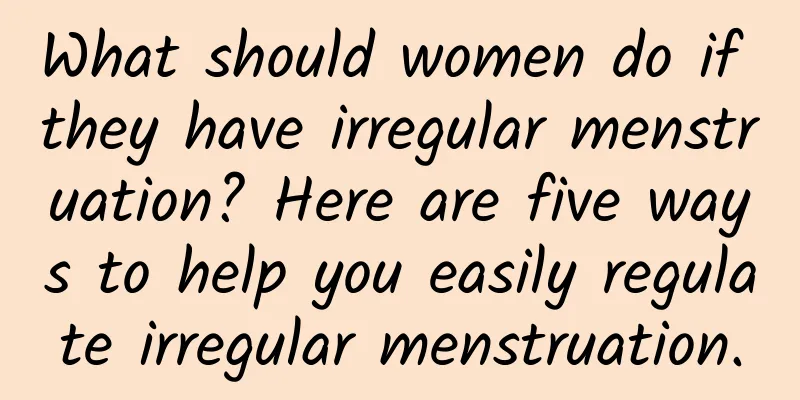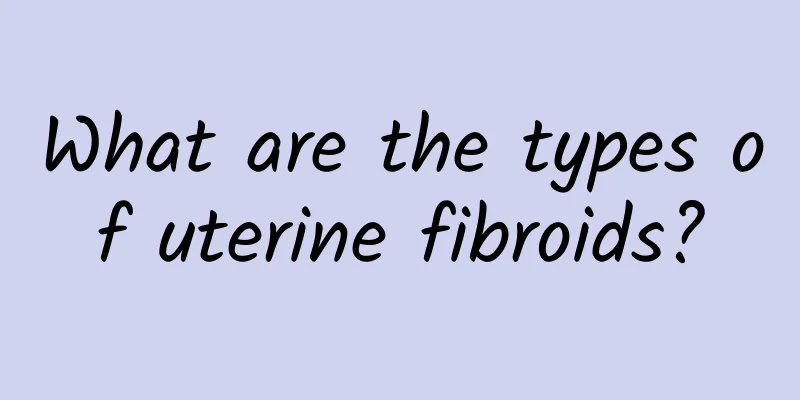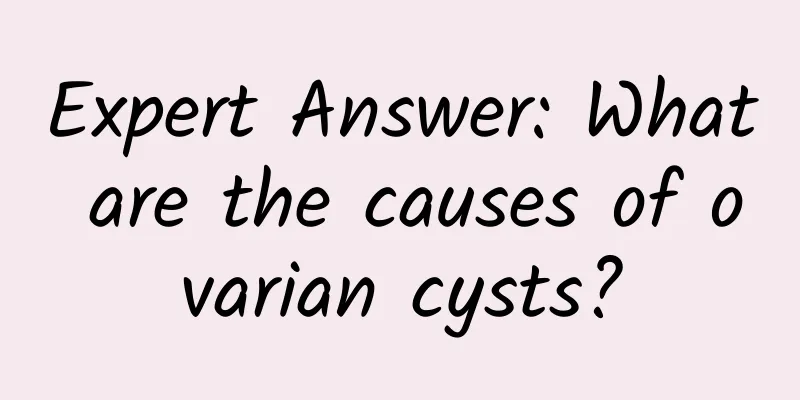What discomfort does pelvic effusion cause?

|
What discomfort can pelvic effusion cause? Pelvic effusion is also the exudation of pelvic inflammation, often with lower abdominal pain and increased secretions. It is a more common gynecological disease. Jingangteng Capsule can be used to clear away heat, detoxify, remove dampness and reduce inflammation. During menstruation or ovulation, there will also be a small amount of pelvic effusion, which is a normal physiological phenomenon and does not require special treatment. 1. Feeling of falling, pain in the lower abdomen and lumbosacral region. The main symptoms are a feeling of falling and pain on one or both sides of the lower abdomen. Scar adhesion and pelvic congestion are caused by chronic inflammation, leading to swelling and pain in the lower abdomen and lumbosacral region. 2. The body's resistance is reduced, and the systemic symptoms of pelvic effusion are not obvious, but sometimes low fever and fatigue may occur. Some patients with a long course of illness may have symptoms of neurasthenia, such as lack of energy, general discomfort, insomnia, etc. When the patient's resistance is poor, acute or subacute attacks are prone to occur. 3. Menstrual disorders. Patients with pelvic blood stasis may have increased menstruation; impaired ovarian function may cause menstrual disorders; adhesion and blockage of the fallopian tubes may lead to female infertility. 4. Infertility. If pelvic inflammation leads to blockage of the fallopian tubes, infertility will occur. Clinical examination will reveal that the patient's uterus is retroverted, the uterine activity is limited, or there is adhesion. Treatment of pelvic effusion: Relieve the patient's mental concerns, enhance the confidence in treatment, increase nutrition, exercise, pay attention to the combination of work and rest, and improve the body's resistance. Eliminate the patient's mental concerns, enhance the confidence in treatment, increase nutrition, exercise, pay attention to the combination of work and rest, and improve the body's resistance. Surgery is feasible for lumps, hydrosalpinx or tubo-ovarian cysts; laparoscopy should also be performed for those with small infection foci and repeated inflammation. The principle of surgery is to completely cure and avoid residual lesions. Young women should try to maintain ovarian function. The effect of single therapy for chronic pelvic inflammatory disease is poor, and comprehensive treatment is appropriate. |
<<: What causes endometriosis?
>>: How to regulate menstrual disorders
Recommend
Heavy menstruation with blood clots
Heavy menstruation with blood clots Excessive men...
Does a decrease in HCG during an ectopic pregnancy mean a spontaneous abortion?
Does a decrease in HCG during an ectopic pregnanc...
What is the risk of uterine fibroids becoming cancerous? What is cancer?
What is the risk of uterine fibroids becoming can...
We should all pay more attention to preventing ectopic pregnancy
I believe that what women do not want to suffer f...
What will happen if an ovarian cyst is serious? How to prevent ovarian cysts
What happens if ovarian cysts are severe? How to ...
To prevent vaginal candidal infection, you should stop having sex.
Prevention of candidal vaginitis. Candidal vagini...
5 Misunderstandings about Metabolic Rate That Will Destined You to Never Lose Weight
Eating less and exercising more is the basic conc...
Is the incidence of chronic cervicitis in women high? Analysis of the causes of chronic cervicitis in women
Chronic cervicitis is a common disease among wome...
What causes irregular menstruation?
What are the causes of irregular menstruation? So...
What are the causes of 2nd degree cervical erosion? 2nd degree cervical erosion in women is caused by 4 reasons
The incidence of gynecological diseases in women ...
What diseases should be differentiated from acute pelvic inflammatory disease
Many female friends have backache and abdominal p...
What are the dangers of threatened abortion?
What harm does threatened abortion bring? Pregnan...
Precautions after leep knife surgery, 4 important precautions after leep knife surgery
Cervical erosion is a very common gynecological d...
14 Healthy Eating Tips to Lose Weight Without Starving
The secret to losing weight through healthy eatin...
What to check for cervicitis screening
Key examination items for cervicitis screening in...









